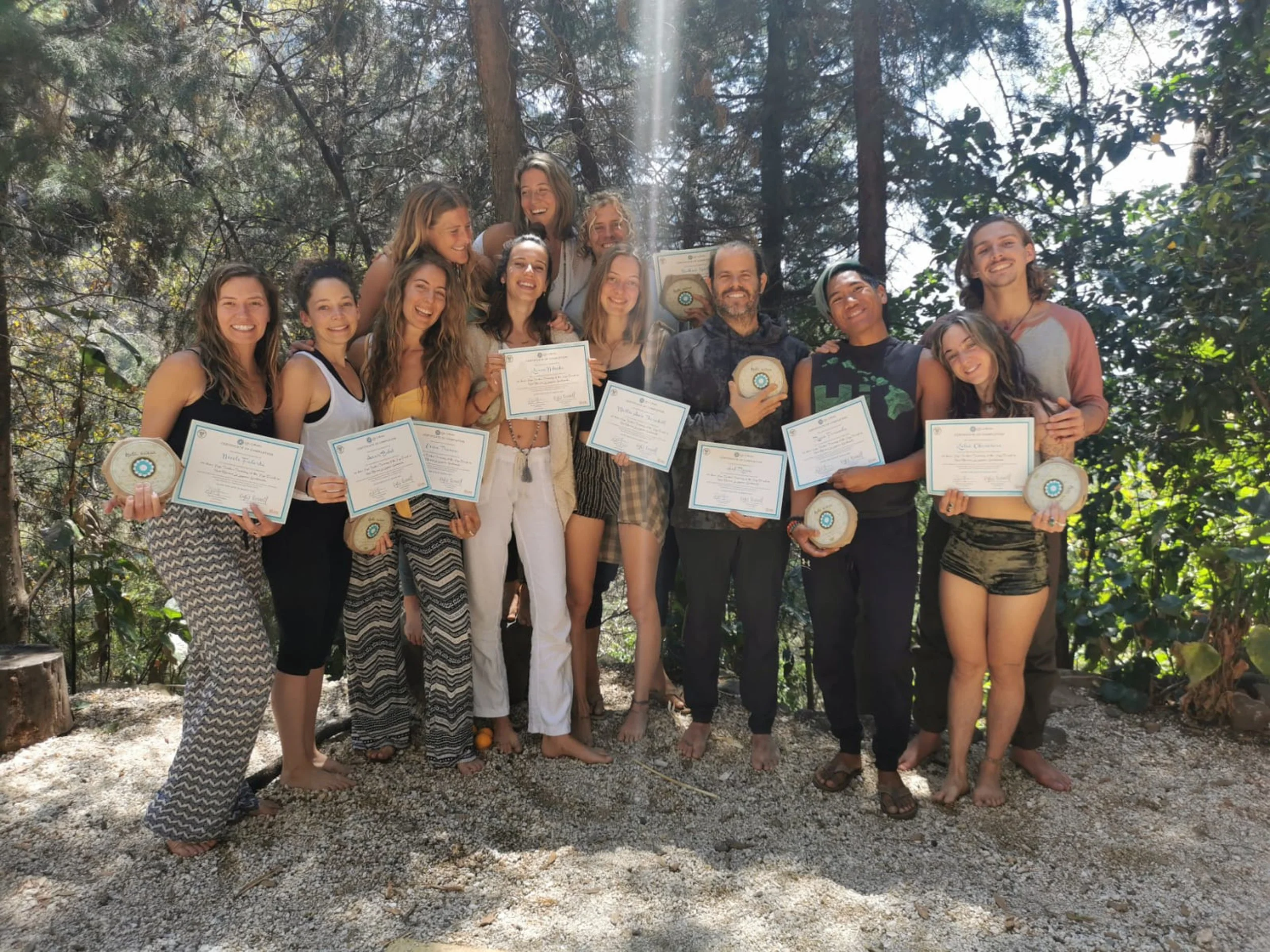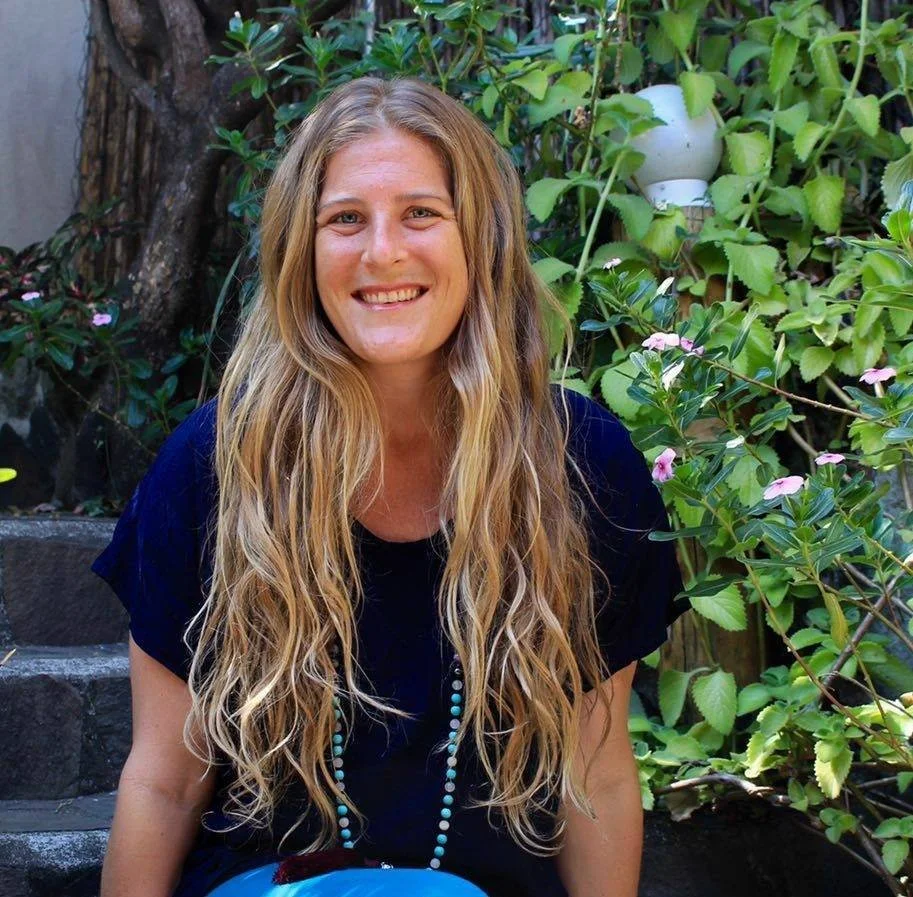
The Kula Curriculum
Our Yoga Teacher Training is a holistic program based on the understanding that to understand yoga you must first understand self…
BODY, MIND, AND SPIRIT.
Kula Collective was born in a highland village of Guatemala—planted as a seed of intention among friends who shared a vision: to create a community rooted in spiritual growth, integrity, and freedom. From those humble beginnings, a thriving global family has blossomed.
Through trainings, retreats, ceremonies, and community events around the world, our collective brings people together to remember the wisdom of the earth, the body, and the spirit.
Rooted in Spirit, Grown in Community
Our Offerings
We offer Yoga Alliance–certified RYT-200 and RYT-300 trainings, Continuing Education, and transformational retreats across the world, with a focus on personal evolution and sacred connection. Whether you’re beginning your journey or deepening your path, we provide a container for self-discovery and embodied learning.
Our curriculum is grounded in the Four Arts of Yoga:
Art of Teaching
Art of Living
Art of Healing
Art of Practice
Why Kula?
In Sanskrit, “Kula” means community, family, or tribe—a group united by heart, not by blood. We embrace this spirit in all we do, co-creating a space of authenticity, respect, and transformation. As a co-owned, co-governed organization, we lead with collective vision and mutual accountability, honoring ancient traditions while evolving with the needs of our time.
We weave together diverse experiences—yoga, ceremony, nature connection, creativity, and holistic healing—to guide people home to themselves.
Holistic, Intentional Yoga
Our therapeutic approach to yoga blends Vinyasa, Ayurveda, meditation, and shamanic wisdom. Classes are infused with sacred intention, creative sequencing, mantra, music, pranayama, and hands-on assists, all rooted in energetic and anatomical awareness.
We honor lineage while inviting students to discover their own essence. Through the lens of yoga, we explore nature, spirit, and self—in a practice that becomes a daily ritual of devotion and inquiry.
Ceremony as a Way of Life
Kula trainings and retreats are anchored in sacred ceremony. From sunrise intentions to fire rituals, cacao medicine, and shamanic journeying, we create containers where every day becomes a ceremony of life. Our work is inspired by the three worlds of the Andean Chakana and guided by the local wisdom keepers and elders we respectfully partner with.
Ceremony connects us to Spirit, to the land, and to each other—reminding us that healing is collective, and awakening is reciprocal.
Our Facilitators
Our facilitation team is our heart. Each guide undergoes a comprehensive training and apprenticeship process and brings a unique blend of yoga expertise, life coaching, ancestral teachings, and global perspectives. With roots in professional mastery and wings in intuitive guidance, our facilitators hold space with clarity, compassion, and joy.
We are honored to walk beside you, not in front of you—to help you awaken the teacher within.

A Conscious Business
Kula Collective operates through a conscious business model rooted in unanimous consent, collective leadership, and values-first decision-making. We believe profit should serve purpose—not the other way around. Every choice we make is guided by our mission of global spiritual awakening and a commitment to sustainability, inclusivity, and mutual growth.
This slower, more intentional way of leading keeps our vision clear and our hearts in alignment.
When your training ends, your journey with us continues. As a Kula graduate, you become part of our global alumni network—a living web of change-makers, space-holders, and soul seekers.
Stay connected through alumni gatherings, mentorship, online satsangs, creative collaborations, and continuing education. We also offer an Ambassador Program, helping you share Kula while receiving rewards for your referrals.
Together, we create ripples of healing far beyond the mat.
Ongoing Support + Global Community
Karma Yoga in Action
Transformation isn’t only personal—it’s communal. Through our Karma Yoga Program, we give back to the communities that host us with love and respect:
Karma Days: Every YTT includes a day of service with our local partners.
Scholarships: We offer training spots to local community members.
Long-Term Partnerships: We build lasting relationships with grassroots organizations in each location.
Karma Yoga reminds us that service is sacred—that giving and receiving are one.
Come as you are.
Whether you feel the call to teach, to heal, to connect, or to simply remember who you are, we invite you to journey with us. Kula is a place to be seen, held, and transformed… not by becoming someone else, but by coming home to yourself.















